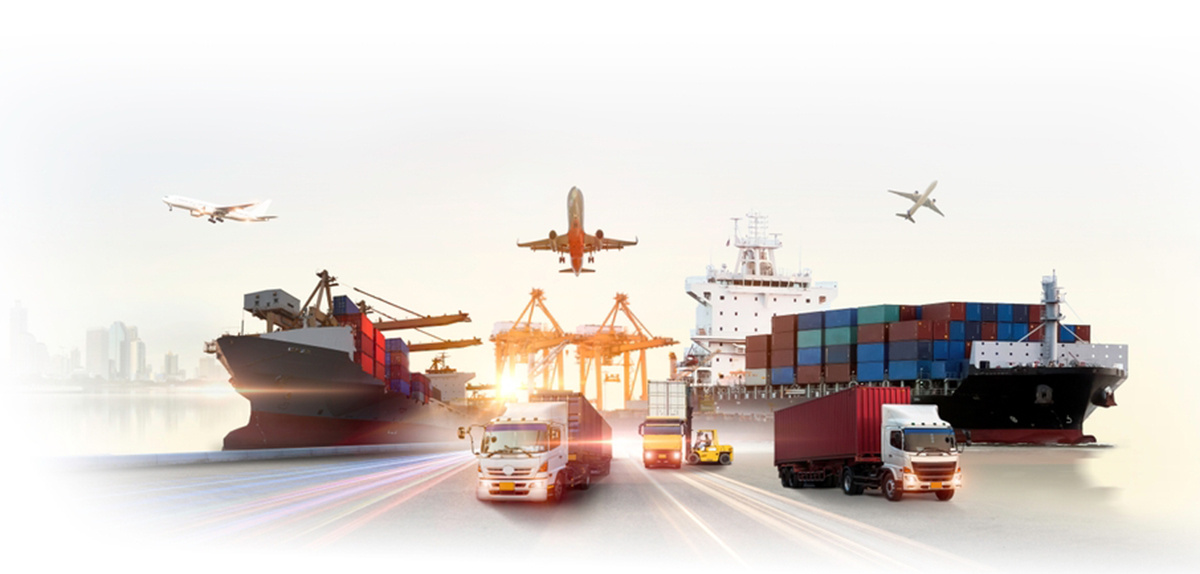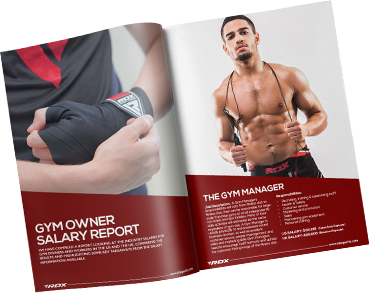The business world is massive and seems to operate at supersonic speed. What is produced in the farthest corners of the world reaches the other end in no time! Business is all connected, exciting, and definitely complicated. This is true for combat sports equipment as well.
The global market for combat sports gear is booming, driven by the sport's growing popularity. However, distributing these products globally means navigating a maze of regulations, from tariffs and customs procedures to compliance with safety standards and intellectual property laws. Non-compliance can lead to costly delays, penalties, and even the confiscation of goods.
But, if you master these complications and learn how to work your way around them, you’ll gain a massive edge over your competitors. In this guide, we'll inform you about all the essential trade regulations and also offer practical tips to help you successfully distribute MMA and boxing gear worldwide.
International Trade Fundamentals for MMA Gear

Before we start talking about Global MMA trade and international trade regulations in that concern, we should get accustomed to International trade fundamentals or let's say some common terminologies in this regard.
Here’s a basic list of global trade terminologies:
- Tariffs: Taxes imposed on imported goods.
- Customs Duties: Fees collected by customs authorities on imports and exports.
- Trade Compliance: Adherence to international trade laws and regulations.
- Incoterms (International Commercial Terms): Standardized terms defining responsibilities of buyers and sellers in international transactions.
International trade comes with its own set of problems, including tariffs and various hurdles and barriers. Knowing about them is the only way businesses can find their way through them.
Tariffs:
These are taxes imposed on imported MMA and boxing gear, increasing the overall cost of products. Tariffs can vary by country and product type, impacting profit margins for retailers and wholesalers.
Quotas:
Quotas limit the quantity of MMA gear that can be imported or exported during a specific time period. These restrictions can affect the supply chain, leading to potential shortages or increased costs if demand exceeds the quota.
Non-Tariff Barriers:
These include regulations such as safety standards, labelling requirements, and import licences. Non-tariff barriers can complicate the import process, requiring businesses to ensure compliance to avoid delays or rejections at customs.
Trade regulations significantly influence the pricing and availability of MMA gear. High tariffs can increase the cost of imported equipment, forcing businesses to adjust prices, which may affect competitiveness in the market. Quotas can lead to supply constraints, particularly if the demand for MMA gear is high, potentially driving up prices due to limited availability.
Non-tariff barriers, such as stringent safety standards, can also impact costs. Ensuring compliance might require additional testing, certification, or modifications to the products, all of which add to the overall expense.
Related Article: MMA fighting techniques you should know
Import and Export Processes
Import and export processes are complex and overwhelming without a doubt, but worrying about it isn’t going to help either! Understanding each step and the role of customs and compliance is what makes all the difference.
Here's a clear breakdown of all the key steps involved in bringing MMA and boxing gear from manufacturers to retailers, along with crucial knowledge about the customs involved in the process.
1- Manufacturer to Exporter
This global journey starts with the manufacturer producing the MMA and boxing gear. Once the products are ready, they are packaged and prepared for shipment.
The exporter handles all necessary documentation, including invoices, packing lists, and certificates of origin. Shipping arrangements are made, often with the help of a freight forwarder, who ensures that all logistics are in place.
2- Customs Clearance in the Exporting Country
In the first phase, the shipment must clear customs in the country of origin. This involves submitting the required documents and ensuring that the goods comply with local export regulations.
The goods are then transported via the chosen method—air, sea, or land. During this phase, the freight forwarder tracks the shipment and addresses any logistical issues that arise.
Upon arrival, the shipment must also clear customs in the destination country. This involves inspections and verifying that the goods meet all local import regulations. Import duties and taxes are also assessed and paid.
3- Delivery to Retailer
After clearing customs, the goods are transported to the retailer’s warehouse. This final step involves ensuring that the products arrive in good condition and are ready for distribution to customers.
4- Customs and Compliance
Customs clearance plays a crucial role in the import and export process. Customs are responsible for inspecting shipments to ensure compliance with local regulations and assessing any applicable duties and taxes.
Customs inspections usually mean checking for proper labelling, verifying the quantity and quality of the goods, and ensuring that all necessary documentation is in order.
Each region has specific compliance issues, such as safety standards for combat sports equipment. Businesses have to ensure that their products meet the regional standards along with the international ones to avoid delays or penalties.
5 - Trade Documentation Essentials
Accurate trade documentation is indispensable in successful export and import procedures. Proper documentation means compliance with regulations, facilitates smooth customs clearance, and it prevents costly delays and financial losses.
Here’s a look at the key documents needed in the trade of MMA and boxing gear and why accuracy is crucial.
Commercial Invoice:
Commercial invoice provides detailed information about the transaction between the buyer and the seller, including a description of the goods, their value, and payment terms. It is used by customs authorities to determine duties and taxes.
Bill of Lading:
The bill of lading serves as a receipt for the shipped goods and a contract between the shipper and carrier. It outlines the type, quantity, and destination of the goods being transported. It is essential for claiming the goods upon arrival.
Certificate of Origin:
This document certifies the country where the goods were manufactured. It is often required by customs to assess the applicability of tariffs and verify compliance with trade agreements.
6 - Documentation Accuracy
Accuracy in documentation is a must. Inaccurate or incomplete documents can lead to delays, and even fines or penalties. It is absolutely necessary to make sure that all details are correct and consistent across all documents. This helps prevent misunderstandings and expedites the customs clearance process.
For B2B retailers and wholesalers, meticulous attention to documentation details assess the process of maintaining a seamless supply chain and avoiding unnecessary complications.
Related Article: MMA Evolution: Strategy, Skills, and Conditioning
Trade Compliance Basics

Adherence to international trade laws means smooth business and the opposite is frustrating delays and harsh penalties. Here’s how to ensure you never miss a beat in terms of international trade law compliance:
Stay Informed
-
Regularly update your knowledge of international trade regulations, as these can frequently change. Knowing them in a difficult situation all of sudden will only mean loss. Subscribe to industry newsletters and participate in trade organizations to stay current.
Leverage Technology
Welcome technology into your business ranks; use trade management software to track and manage compliance requirements. These tools will make your life easy, automating documentation, monitoring regulatory changes, and ultimately ensuring that all shipments meet the necessary standards.
Engage Experts
Work with customs brokers and legal advisors who specialise in international trade. Their expertise can help navigate complex regulations and avoid costly mistakes.
Conduct Internal Audits
Regularly review your trade processes and documentation to keep a check on potential compliance gaps. This proactive approach helps ensure ongoing adherence to regulations.
Utilized FTAs
Use Free Trade Agreements. These agreements mean fewer tariffs and smoother customs processes, translating to lower costs, enhanced competitiveness, and easier access to new markets. Ultimately, it's a win-win, boosting profits and expanding business horizons.
Conclusion
International trade, especially in the distribution of MMA and boxing gear, comes with its inherent complexities and challenges. Navigating trade barriers, import and export processes, and compliance with global regulations can be daunting. However, understanding these intricacies is essential for success.
At RDX Sports, we pride ourselves on meticulously adhering to all international trade rules and regulations. We set the standard in the industry by ensuring that every aspect of our operations is compliant with global trade laws. This commitment to excellence not only streamlines our processes but also minimises risks and opens up new growth opportunities for our partners.
By choosing RDX Sports, you align with a brand that values regulatory compliance and industry standards at every level. Our expertise and dedication make us the ideal partner for navigating the complexities of international trade. With RDX Sports by your side, you can confidently tackle trade challenges and achieve unparalleled success in the global market.
Read More
-
The Ultimate Guide to Kids Boxing Gloves: Safety, Sizing, and Selection
-
Mastering Your Boxing Skills: The Importance of Using Boxing Gloves & Pads
-
IMMAF African Championships – RDX and IMMAF Shaping the Future of MMA in 2024 and Beyond
-
Zelfa Barrett vs Costin Ion: Anticipation, Analysis, and Prediction
Related Articles:
How To Make Your Own E-commerce Website From Scratch



